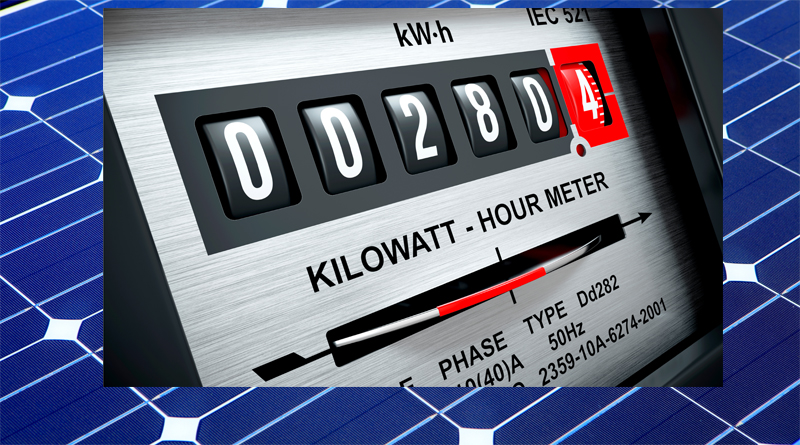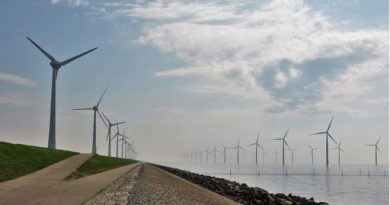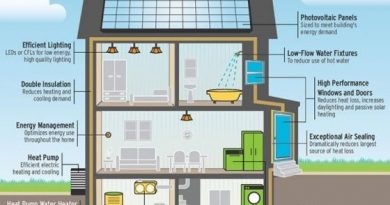SECI sets a tariff of Rs 2.93 for next batch of wind-solar hybrid projects

The Solar Energy Commission of India (SECI) has requested proposals for the creation, installation and operation of wind-solar hybrid projects across the nation, which will be connected to Inter-State Transmission System (ISTS) to a maximum bid capacity of 2,500 MW.
The Ministry of New and Renewable Energy (MNRE) had recently issued guidelines for such hybrid projects, under the National Wind-Solar Hybrid Policy. The guidelines provide a framework for the promotion of large, grid-connected, wind-solar PV hybrid systems for optimal utilisation of transmission infrastructure and land, reducing the variability in renewable power generation and achieving better grid stability. As per the guidelines, SECI has been designated as the nodal agency for implementation of the scheme.
All successful bidders will enter into Power Purchase Agreements (PPAs) with SECI, and for parties interested in buying the power the board will come into a Power Sale Agreement. The duration of both agreements stays at a maximum of 25 years from the commercial operation date of the projects. The maximum tariff payable to each hybrid project developer (HPD) is fixed at Rs 2.93/kWh for the entire term of 25 years.
The minimum size of a single hybrid project shall be 50 MW to be interconnected at a single delivery point. As per the guidelines of the tenders each and every rated project capacity of either of the project components (solar and wind power) must be at least 25% of the rated capacity of the other component. Which in simpler terms can be interpreted as, for every 100 MW of Solar or Wind capacity that is built under these hybrid projects, a minimum of 25 MW of Wind or Solar farm should also be built and working in tandem. The hybrid project capacity for these arrangements will be the sum of the two component capacities.
The solar project component may also be sub-divided into a number of blocks, being set up at multiple locations, if required but must adhere to few rules like all such blocks should be built in the same state and must have a minimum load capacity.
All projects are needed to be designed for interconnection with the transmission network of the Central Transmission Utility (CTU) at a voltage level of 220 kV +. Winning bidders must set up projects, including the transmission network up to the delivery point, at their own cost. Other costs like bay construction will also be funded by the individual winning bidders as per the CTU provisions. All the projects will be able to benefit from fiscal incentives like concessional custom duties amongst a few others as per customary prevailing conditions, but beyond them, no further financial assistance will be made available by the authority. The Gujarat government has also invited tenders as part of its new hybrid power policy, click here to read that report.




